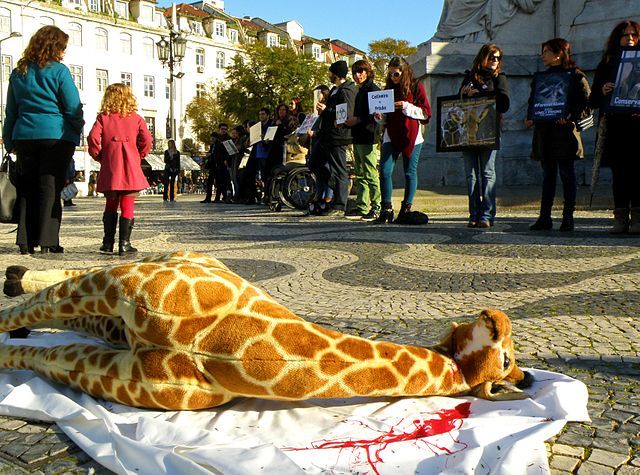Are you familiar with the case of Marius the giraffe?
In 2014, Marius, a perfectly healthy two-year-old giraffe, was killed by the Copenhagen Zoo. Then, in what was called an educational event, he was dissected in front of an audience, including children, and finally fed to the lions.
“It’s the circle of life,” some would argue, though it didn’t quite sound like “Hakuna matata.”
The zoo’s justification? His genes were over-represented in the captive giraffe population. I was in Australia at the time, and even in distant Tasmania, the story caused shock. But don’t be fooled, my article isn’t about the ethics of animal culling in zoos.
No.
What struck me most was the public show the zoo made of it. Danes said casually, “Hey, come and see! We’re going to dissect a giraffe!” And Danes came – with their kids. I remember thinking “This is barbaric. What are these people doing to Marius?”
But since then, I’ve started my own dissection of Denmark and its seemingly savage ways.
And guess what? Maybe it’s not about savagery at all.
Maybe it’s about biology. Maybe it is about the circle of life.
A few years later, my child came home from preschool absolutely enchanted after seing a fish dissection. I was stunned. I remembered my own cockroach dissection back in school (when I was much older) and not with fondness. I was horrified. She was fascinated.
And maybe that’s the secret.
Then came the Roskilde Dyrskue, a big agricultural fair. We took the kids and they loved it. At one point, we came across a mother pig nursing her adorable piglets. Awwwww, very sweet. But as I turn my head I notice just a metre away… half a pig’s carcass. I braced myself for screams or tears: we had just read “Charlotte’s Web” and Wilbur the pig was a family favourite at the time.
But nothing happened. Instead, the kids ran towards it. They touched everything: “Ew… funny!” They watched someone blow air into the lungs and inflate them. They were thrilled.
Life and death, one metre apart, felt completely normal. And isn’t that closer to the truth?
In many cultures, kids believe that bacon comes from the supermarket. In Denmark, the pig is right there, and so is the bacon. And that’s certainly a good thing.
Later that day, the kids had a chance to milk a dead cow’s udder by hand. They were delighted. And I have to admit, so was I when the milk still squeezed out of it.
Because we are not just envelopes, understanding the inside makes sense.
I started to realise that Danes might be on to something. Teaching from a very young age that death is part of life. That it’s not something to be feared or sanitised or pushed away. That touching a heart or a lung can be less traumatic than pretending they don’t exist.
Maybe it’s heritage. Maybe it’s just a different relationship to animals.
But then… I tell Danes I love eating rabbit, and suddenly I’m the savage.
So I guess dissecting a giraffe is one thing. Eating it? That’s another story.
Note: the Roskilde Dyrskue is from 30th may to 1st June this year – perfect if you’re in the mood to channel your inner dissector. More info : https://www.roskildedyrskue.dk/


